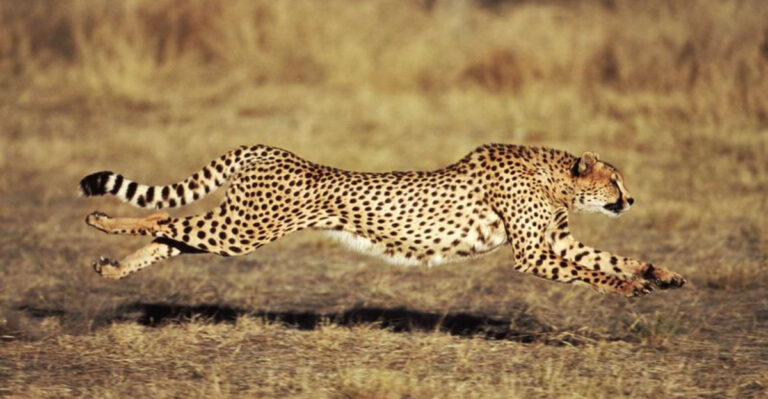Hummingbird Banding: Tracking Nature’s Smallest Travelers
Ever wondered how scientists keep tabs on tiny hummingbirds that weigh less than a penny? Hummingbird banding is like giving these flying jewels their own special ID bracelets.
Scientists carefully catch and mark these speedy birds to learn about their incredible journeys and lives, helping protect these amazing creatures for generations to come.
1. Hummingbird Banding Helps Track Migration Patterns

Imagine following a bird smaller than your thumb as it zooms thousands of miles! These tiny travelers often return to the exact same feeding spots year after year.
Banding reveals their remarkable journeys between North and South America, with some flying non-stop across the Gulf of Mexico.
2. Bands Are Lightweight And Safe For Hummingbirds
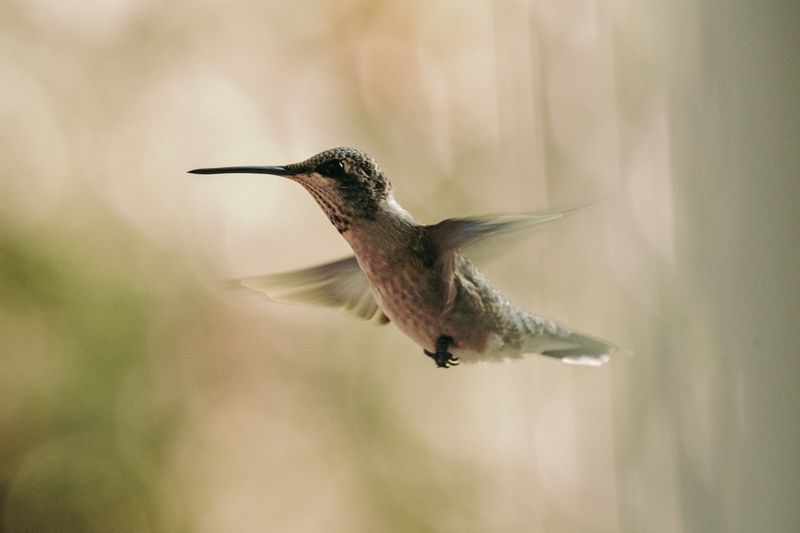
Featherweight champions deserve equally lightweight jewelry! These special bands weigh less than 0.02 grams – that’s lighter than an eyelash.
Made from aluminum thinner than paper, they’re carefully shaped to fit each bird’s leg without affecting flight or normal activities.
3. Only Trained Experts Are Allowed To Band Hummingbirds
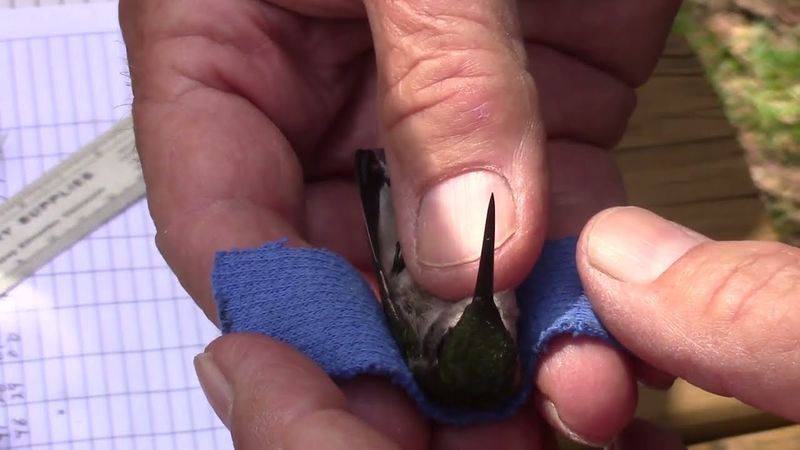
Not just anyone can put bracelets on these speedy little gems! Banders need special government permits after completing extensive training.
They learn proper handling techniques to ensure the bird’s safety and comfort during the quick procedure, plus how to record accurate data that scientists will use.
4. Unique Numbers Are Engraved On Each Band
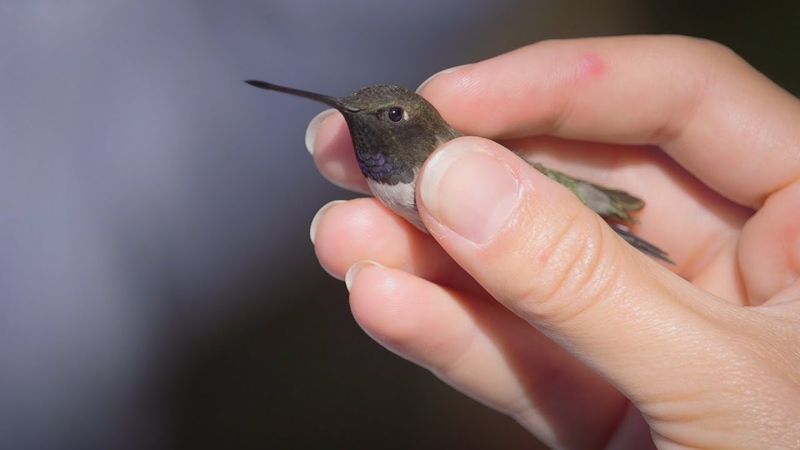
Think of it as a tiny hummingbird social security number! Each microscopic band carries a unique code that identifies that specific bird forever.
The numbers are so small they must be read with magnifying glasses, yet contain all the information needed to track one bird throughout its entire life.
5. Banding Provides Data On Lifespan And Movement
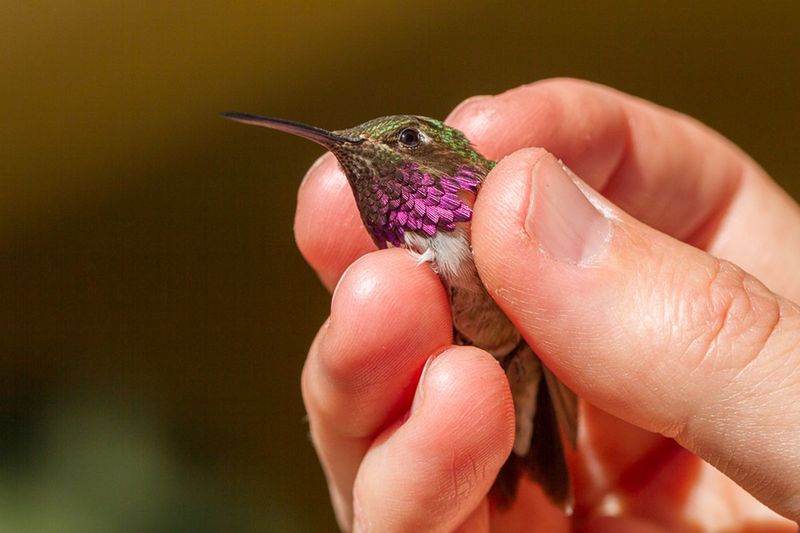
Who knew these tiny flyers could live so long? Thanks to banding, scientists discovered some hummingbirds survive more than a decade in the wild!
Records from recaptured birds reveal fascinating details about how far they travel, which routes they take, and where they spend different seasons.
6. Hummingbirds Are Weighed And Measured During Banding

A full health checkup for creatures that weigh less than a nickel! During the quick banding process, birds get weighed on tiny scales that measure fractions of grams.
Researchers also record wing length, bill shape, and even take samples of feathers or nectar from their bills for additional studies.
7. Banding Helps Monitor Population Changes Over Time
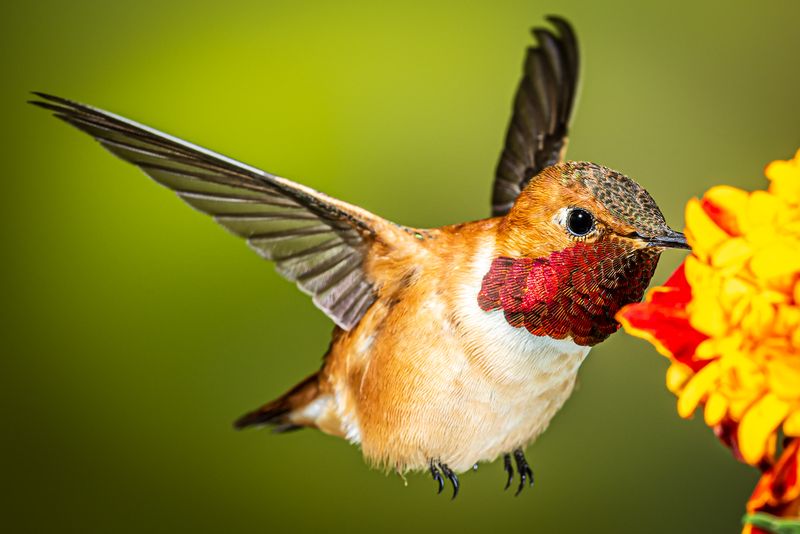
Like taking attendance for the tiniest class on Earth! Year after year, banding stations count how many birds return.
This creates a living history of hummingbird populations, alerting scientists to concerning drops in numbers long before they become critical. Some species show troubling declines that might otherwise go unnoticed.
8. The Process Takes Less Than A Minute To Complete
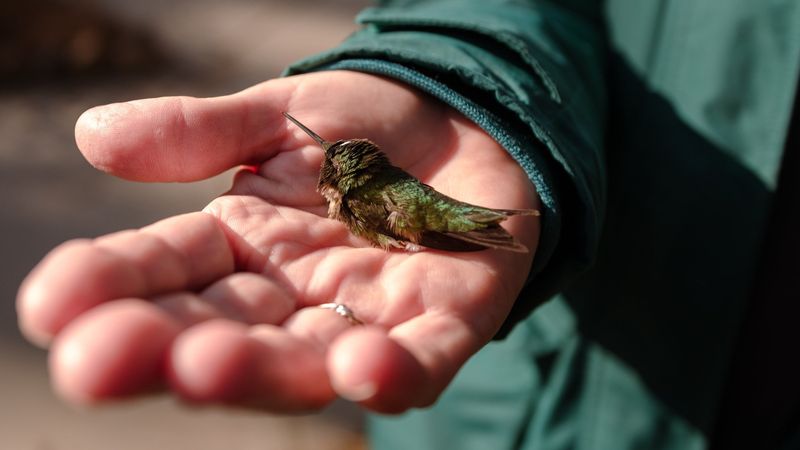
Speedier than the birds themselves! Skilled banders work with incredible efficiency, completing the entire process – capture, band, measure, and release – in about 30-45 seconds.
This minimizes stress on the hummingbird while still collecting valuable data. The birds typically zoom away seemingly unfazed by their brief encounter.
9. Most Banding Occurs During Spring And Fall Migration
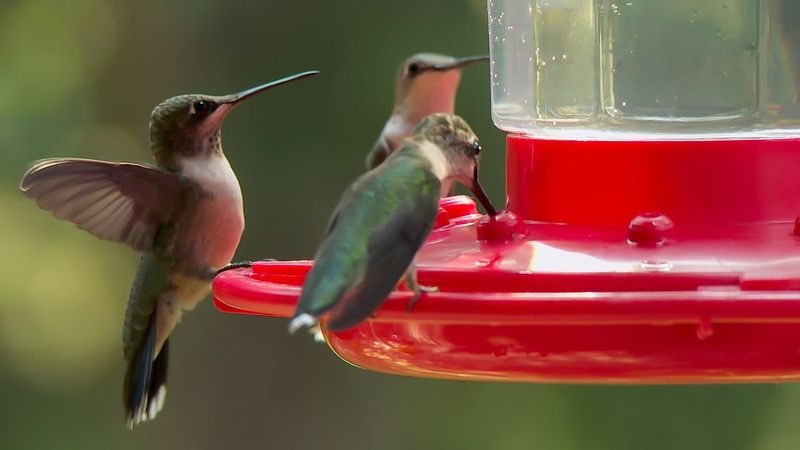
Rush hour for hummingbird researchers happens twice yearly! Banders set up during peak migration seasons when birds are traveling between breeding and wintering grounds.
Spring (March-May) and fall (August-October) create perfect opportunities to catch many birds as they fuel up at feeders along their journey routes.
10. Recaptured Birds Offer Valuable Long-Term Data
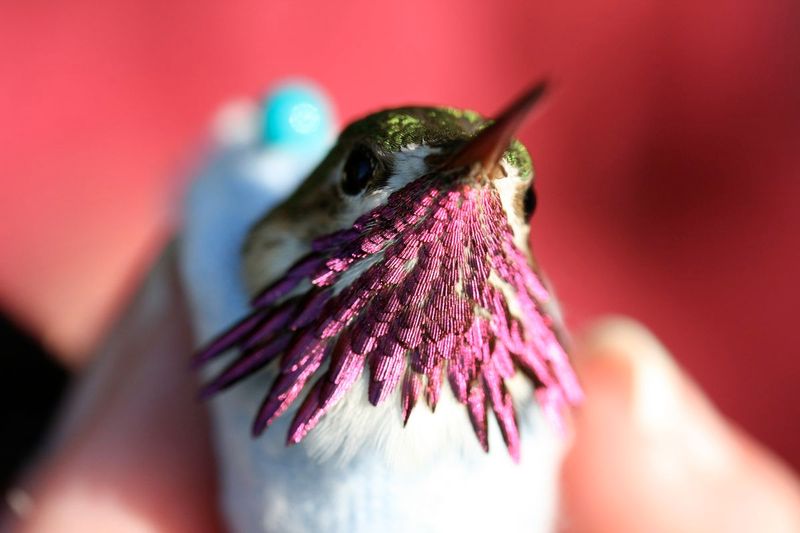
Frequent flyers get special attention in the science world! When a previously banded bird is caught again, it’s like finding gold.
These recaptures reveal remarkable stories – some hummingbirds have been documented making the same migration journey for 8+ years, traveling over 10,000 miles annually between summer and winter homes.
11. Specialized Nets Are Used To Gently Capture Birds
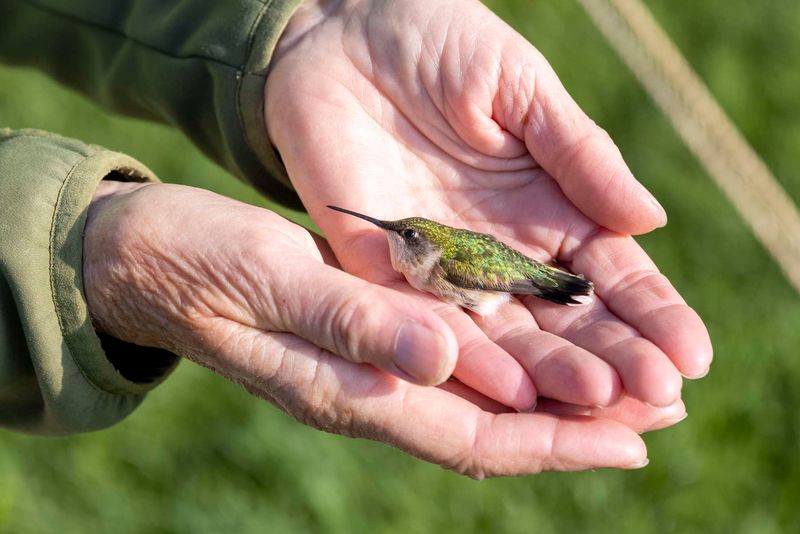
Catching something that flies 30 mph requires special equipment! Banders use ultra-fine “mist nets” that look like volleyball nets with microscopic threads.
These nets are carefully positioned near feeders or flowers where hummingbirds visit regularly. The birds fly in without seeing the nearly invisible mesh and become safely entangled.
12. Data Is Shared With National Bird Banding Programs
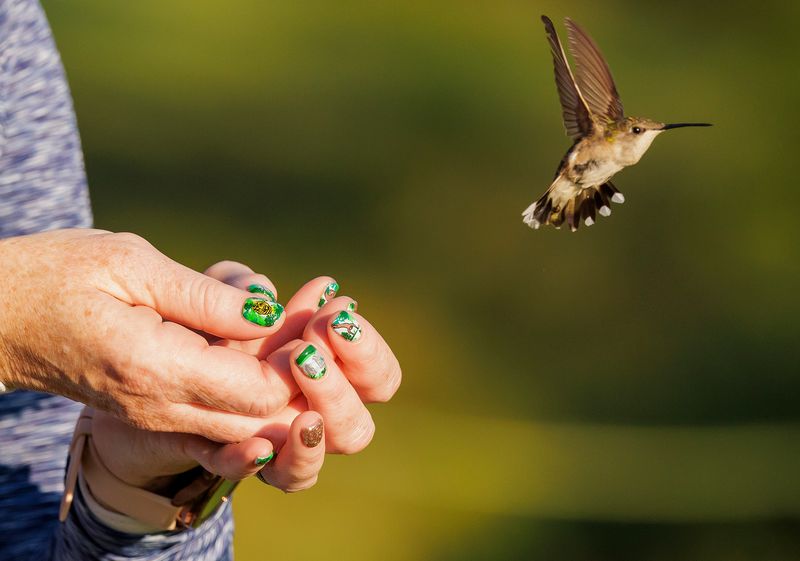
A tiny bird’s information travels farther than the bird itself! Every band number, measurement, and location gets reported to central databases like the North American Bird Banding Program.
This creates a massive network of information accessible to researchers worldwide, connecting data from Mexico to Canada across decades.
13. Banding Helps Guide Conservation Strategies

Protecting something starts with understanding it first! Knowing exactly where hummingbirds go throughout the year helps scientists identify critical habitat that needs protection.
Banding data has revealed previously unknown stopover sites where tired migrants rest and refuel, leading to new conservation areas in unexpected places.

